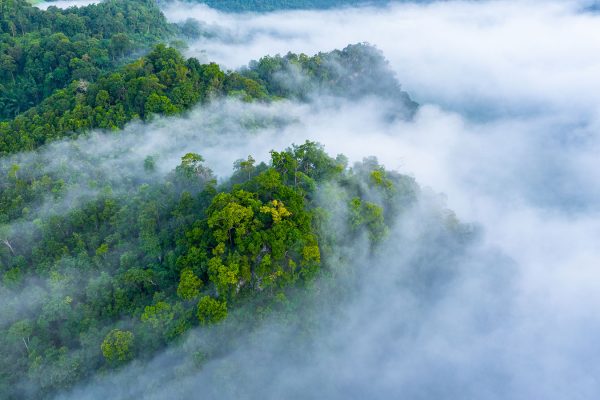Amazonian forests are being studied to assess the impact of deforestation and fragmentation.
Currently, several scientists and researchers are conducting studies on the Amazon forests for various reasons. For example, the impact of deforestation and forest fragmentation is being assessed. Another group is identifying which species are most abundant and which are extremely rare.
This will allow us to document how tree groups vary along latitudinal, altitudinal, and climatic gradients. Elementary information that will help to understand how the Amazon could change in the future, as a consequence of global warming.
These studies have allowed researchers to understand the dimensions of the Amazon’s gigantic carbon reserves. In recent years, the Amazon ecosystem has functioned as a net carbon sink. The photosynthetic capacity of the intact primary forest was found to be immense; the forest has sequestered more carbon annually than was being lost through deforestation and degradation at the forest frontier.
Changes in the Amazonian forests
These same studies have determined an increasing trend in tree mortality and a change in species. As a result, it is very likely that intact primary forest will become a net source of carbon emissions in the next decade.
On the one hand, the change in ecosystem function is due to the alteration in the physiological processes of the leaves, caused by periodic droughts and high temperatures. On the other hand, it is also due to a change in the composition of tree species caused by the increased mortality of certain species.
These discoveries have been made possible by remote sensing technology. And over the years, this technology led to the deployment of satellite sensors to monitor deforestation in real time. It has also made it possible to identify forest degradation due to logging and forest fires.
Finally, the Universidad Internacional Iberoamericana (International Iberoamerican University) (UNIB) offers the Master in Environmental Management and Audits. Source: Forest ecology and carbon dynamics

